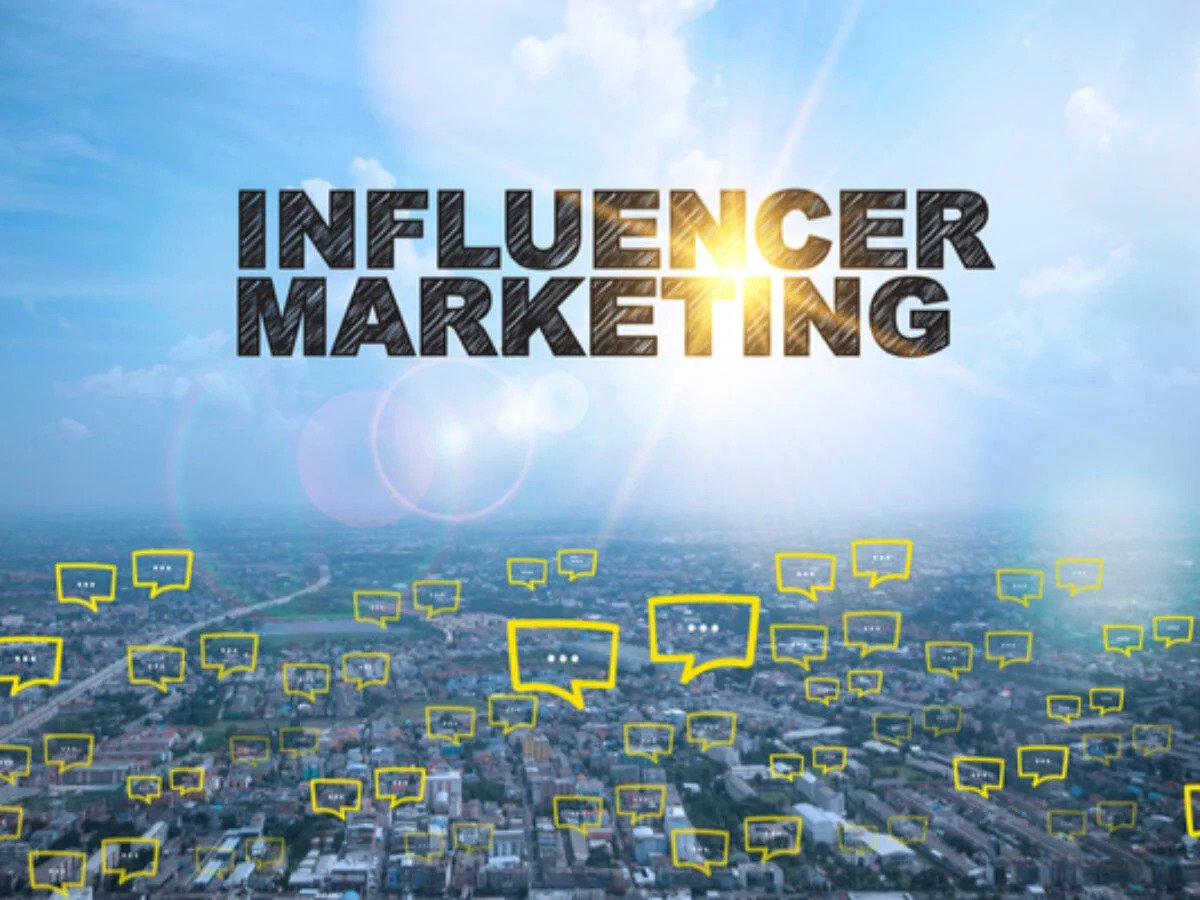Is Influencer Marketing a Trendy or Smart Strategy?

Around 2003, many businesses were built by buying pay-per-click (PPC) ads on the cheap.
A similar opportunity exists today, but this time around, social media influencer marketing is the trendy strategy. It’s a strategy to which advertisers — including small businesses — are paying close attention.
If the history of PPC is any indication, influencer marketing ad budgets — and prices — will continue to rise as more businesses pile on to what works. So it makes sense to get onto this trend early for your own advertising needs.
In an introduction to the 2014 Influencer Marketing Benchmarks Report from Burst Media, the company explains:
“On average marketers who implemented an Influencer Marketing program last year received $6.85 in earned media value for every $1 of paid media.”
Facebook is an obvious channel for some of this influencer marketing. Facebook advertising has been considered a game-changer. But concern exists that Facebook ad prices have risen to levels which might limit the potential for large returns.
And so the hand-wringing continues over which mix of channels and content-type can deliver the best ROI for influencer marketing.
Sponsored Selfie Added to Influence Marketing Mix
Influencer marketplace Tomoson is adding a new option to that mix in the form of so-called sponsored selfies.
As the name implies, influencers creating sponsored selfies just post a photo of themselves using, wearing, or posing with an advertiser’s products.
There’s an attempt to avoid the inconsistency in disclosure problematic in some influencer marketing campaigns too. Tomoson sponsored selfies are always marked with the #ad hashtag, along with #TomosonSelfie.
Businesses have paid Tomoson members to create sponsored tweets, blog posts and videos. So selfies are merely the latest option being offered to the company’s advertisers.
Why selfies?
Selfies are arguably the fastest to create and they’re a normal part of life for millennials and Generation Z.
In an email interview with Small Business Trends, Tomoson CEO Jeff Foster says simple product pics fall flat on Instagram. And when that happens, there’s abysmal social engagement — or none at all.
Selfies, on the other hand, have a record of promoting engagement on the photo sharing platform.
“We have influencers of all sizes, which is perfect for small businesses. Selfies drive real engagement and provide an excellent ROI. If you have a budget of $500 to $1,000, that can go very far,” says Foster.
His company expects to roll out sponsored selfies to other platforms, including Facebook and Twitter too.
Not a Guarantee of Success
A few caveats must be mentioned, of course.
The success of an influencer marketing campaign will depend on the creativity of the influencers with whom you choose to work. For example, their ability to create engaging content is important.
Images, ideally, should be strong enough to convey a message with one glance, in contrast to a blog post which has the advantage of many paragraphs to make a point.
And even Tomoson admits the selfie method will work better for some products than for others. (It’s probably easier to promote a pair of sunglasses or a line of handbags than a new social network or CRM software.)
Instagram selfies are also not a magic bullet for boosting sales. Like any other marketing effort, you’ll need to use analytics to determine effectiveness.
But it is also a marketing strategy that must be committed to over time in order to see results.
“Influencer marketing is not something you can just buy, like at the grocery store,” says Dennis Yu, CTO of BlitzMetrics. “It’s something you embrace fully,” Yu says in an email interview with Small Business Trends.
Yu adds that marketing messages will still depend upon proper optimization and upon being targeted for an audience likely to convert.
Utilizing Sponsored Selfies in Influencer Marketing
In the ever-evolving landscape of digital advertising, innovative approaches are continually emerging to capture consumer attention and drive engagement. Sponsored selfies have emerged as a new option within influencer marketing, offering unique benefits for advertisers and businesses seeking to enhance their brand visibility. Here’s an overview of sponsored selfies as a strategic component of influencer marketing:
What are Sponsored Selfies?
Sponsored selfies refer to images created by influencers in which they showcase themselves using, wearing, or posing with a brand’s products. Unlike traditional product photos, sponsored selfies incorporate the influencer’s personal style and perspective, making them more relatable and authentic to their audience. These selfies are always marked with disclosure hashtags such as #ad and #TomosonSelfie to ensure transparency.
Why Selfies Matter in Influencer Marketing:
Engagement Magnet: Selfies have a history of promoting higher engagement rates on platforms like Instagram. They resonate particularly well with millennials and Generation Z, who are accustomed to sharing their daily lives through selfies.
Quick and Authentic: Selfies are quick to create and provide an authentic glimpse into the influencer’s lifestyle. This authenticity fosters a stronger connection between the influencer and their followers.
Visual Storytelling: In the world of visual content, selfies convey messages effectively with just one glance, making them ideal for promoting products and brands.
